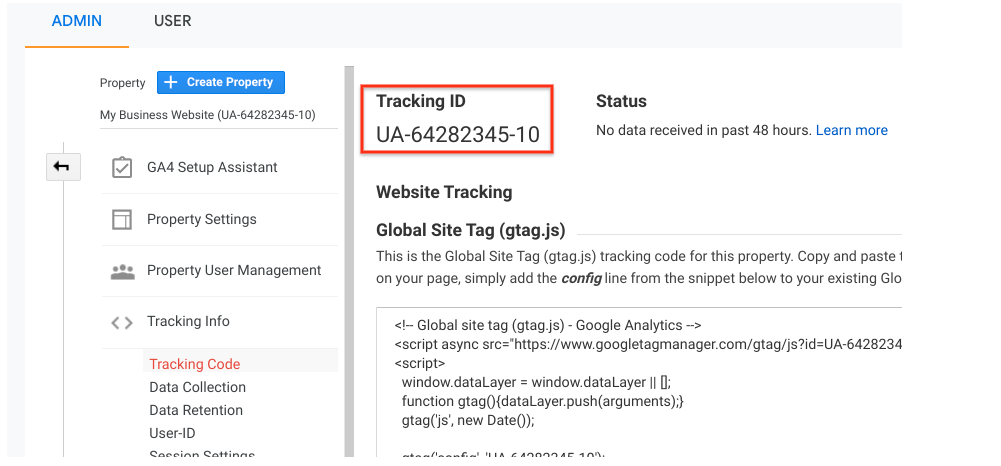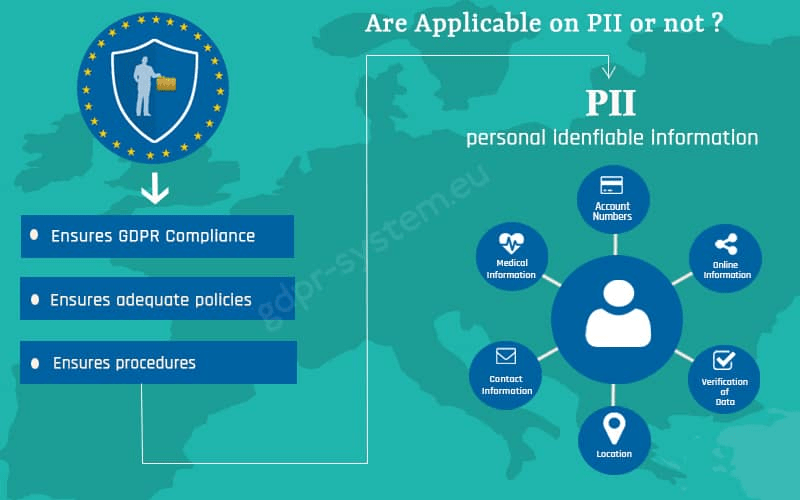Ultimate FAQ: What Data Does Google Analytics Prohibit Collecting?
Ultimate FAQ: What Data Does Google Analytics Prohibit Collecting?
Blog Article
Understanding the Art of Overcoming Data Collection Limitations in Google Analytics for Better Decision-Making
In the world of digital analytics, the ability to remove purposeful insights from data is critical for notified decision-making. By using calculated strategies and advanced methods, organizations can raise their information top quality, unlock concealed understandings, and lead the method for even more effective and informed decisions.
Data Top Quality Analysis
Examining the top quality of information within Google Analytics is an essential action in making sure the dependability and accuracy of insights stemmed from the collected information. Information top quality assessment involves evaluating various aspects such as precision, efficiency, uniformity, and timeliness of the data. One vital facet to take into consideration is information precision, which refers to how well the information mirrors truth worths of the metrics being determined. Incorrect data can lead to damaged verdicts and misdirected company choices.
Completeness of data is another critical consider evaluating information quality. It entails making certain that all essential information factors are collected and that there are no gaps in the info. Insufficient data can alter analysis outcomes and impede the ability to obtain a comprehensive sight of user actions or site performance. Consistency checks are also essential in data top quality evaluation to recognize any type of disparities or anomalies within the information collection. Timeliness is equally essential, as obsolete information may no more matter for decision-making processes. By prioritizing information quality evaluation in Google Analytics, companies can boost the dependability of their analytics records and make even more educated choices based upon accurate understandings.
Advanced Tracking Methods
Using advanced monitoring methods in Google Analytics can substantially enhance the deepness and granularity of information accumulated for even more comprehensive analysis and insights. One such technique is occasion monitoring, which allows for the monitoring of particular interactions on a web site, like clicks on switches, downloads of data, or video clip sights. By implementing event tracking, businesses can gain a deeper understanding of user habits and interaction with their on the internet material.
Additionally, personalized dimensions and metrics supply a way to tailor Google Analytics to specific service demands. Custom-made measurements enable the development of brand-new information factors, such as customer duties or client sections, while customized metrics enable the monitoring of unique performance indicators, like income per individual or typical order worth.
Furthermore, the use of Google Tag Supervisor can improve the implementation of monitoring codes and tags throughout a site, making it easier to manage and release sophisticated monitoring setups. By taking advantage of these sophisticated tracking strategies, businesses can open beneficial insights and maximize their on the internet strategies for far better decision-making.
Custom-made Measurement Application
To enhance the deepness of data accumulated in Google Analytics beyond innovative monitoring techniques like occasion tracking, organizations can carry out customized measurements for more customized Go Here insights. Custom measurements allow organizations to define and accumulate particular information points that pertain to their one-of-a-kind goals and purposes (What Data Does Google Analytics Prohibit Collecting?). By designating customized measurements to different elements on a website, such as customer interactions, demographics, or session details, organizations can acquire an extra granular understanding of how customers engage with their on-line residential properties

Attribution Modeling Approaches
By utilizing the best attribution design, services can precisely associate conversions to the proper touchpoints along the customer journey. One common attribution model is the Last Interaction model, which gives credit score for a conversion to the last touchpoint a customer engaged with prior to transforming.

Information Tasting Avoidance
When dealing with large quantities of data in Google Analytics, overcoming information sampling is vital to ensure precise understandings are derived for notified decision-making. Information tasting happens when Google Analytics estimates patterns in information rather than evaluating the full dataset, potentially leading to skewed view website outcomes. By taking these proactive steps to reduce information sampling, companies can remove more precise understandings from Google Analytics, leading to far better decision-making and boosted total efficiency.
Final Thought
To conclude, mastering the art of getting rid of data collection limitations in Google Analytics is vital for making notified choices. By conducting an extensive data high quality analysis, carrying out sophisticated monitoring strategies, making use of custom dimensions, utilizing attribution modeling approaches, and avoiding data sampling, companies can make sure that they have exact and trusted data to base their decisions on. This will ultimately lead to much more effective techniques and much better results for the organization.

Report this page